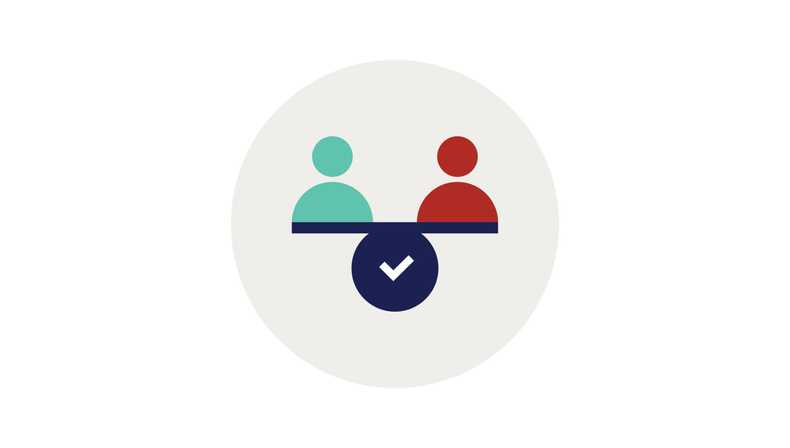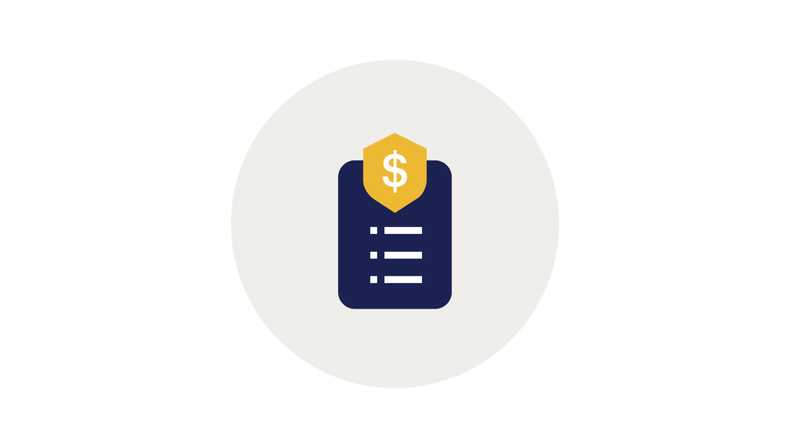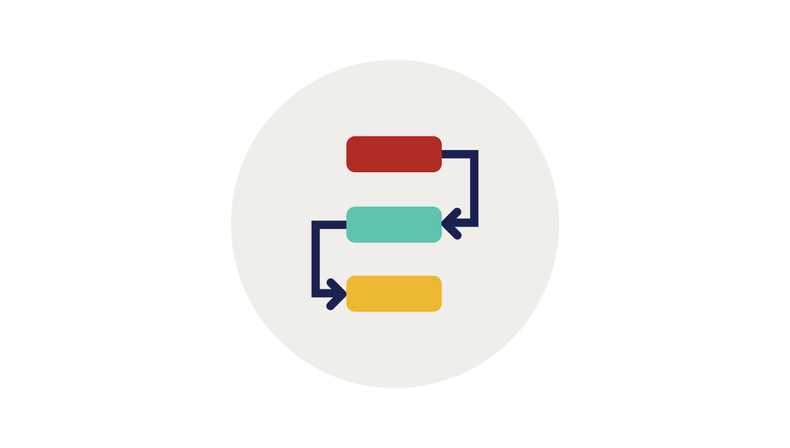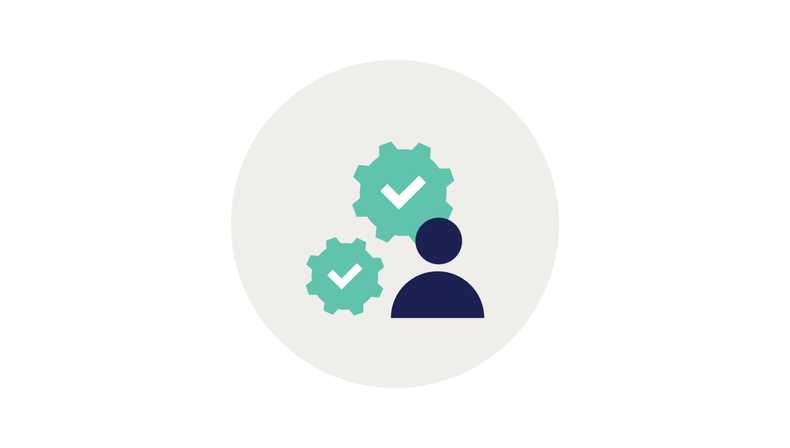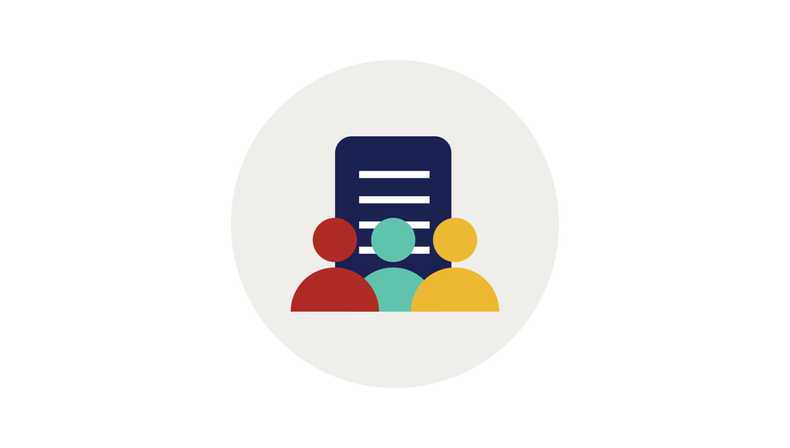Equal pay matters
Equal pay for work of equal or comparable value is a basic human right. Regardless of where we work – or our sex, gender, race, age, abilities or care-giving status – we are all entitled to be paid and treated fairly at work.

What is the Pay equality toolkit?
The Pay equality toolkit is a suite of resources to support Victorian small-to-medium enterprises (SMEs) to achieve equal pay. While small business can be defined in a variety of ways, the Pay equality toolkit is designed for organisations (including not-for-profit organisations) with between 2 and 50 workers.
Developed in consultation with the Equal Workplaces Advisory Council, industry experts and a variety of small businesses throughout Victoria, the toolkit delivers recommendations from the 2020 report Equal pay matters. This research into equal pay within SMEs revealed that small businesses have a big opportunity to help close the gender pay gap with practical resources that meet their particular needs.
The toolkit is designed to assist SMEs to build an equal pay mindset with specific tools to address equal pay practices across all stages of the employment life cycle. It is our hope that these tools are revisited regularly to bring equal pay practices into business as usual for all SMEs.
How will the toolkit help my business?
All employers, including SMEs, are required by Victorian and national law not to discriminate against employees and job applicants, which includes paying workers equally for work of equal or comparable value.
Under Victoria’s Equal Opportunity Act 2010, employers have a positive duty to take reasonable and proportionate measures to eliminate discrimination as far as possible. This means that employers need to take some proactive steps to prevent and address pay inequality.
Victoria’s Charter of Human Rights and Responsibilities also requires government and other public authorities to consider and act compatibly with human rights including the right to equality.
For other organisations, consideration of environmental, social and governance (ESG) due diligence is an important part of investment decisions, corporate finance and business strategies. The ‘S’ in ESG covers a multitude of factors including human rights. There is growing evidence that there is real value for a company that embeds human rights considerations into its core business practices – and significant costs when human rights are ignored. Australian businesses are increasingly recognising that respecting human rights is not only the right thing to do, but it’s also good for business.
There is an increasing adoption of the UN Guiding Principles on Business and Human Rights. The Business and Human Rights Resource Centre provides advice and tools for organisations seeking to implement the principles as well as human rights due diligence and impact assessments.
The Pay equality toolkit helps SMEs to take practical steps towards meeting these legal obligations. It provides advice and templates for preventative measures such as:
- conducting equal pay audits as a regular business practice
- building transparency around pay decisions at all stages of employment
- providing training and guidance for all staff who make decisions about employees’ pay
- reviewing pay frameworks and policies regularly, to ensure their continued integrity and to reduce the risk of discrimination.
How do I use the toolkit?
While the tools link to each other, there is not a requirement to work through the toolkit in one particular way. Each tool is an achievable step towards equal pay – your organisation may not use the full suite of tools at the same time, and some tools might not work for your organisation at all.
The Pay Equality Compass provides an easy way to assess your organisation’s progress towards pay equality and will help you define your priorities.
As you become more familiar with the toolkit, you may wish to use particular tools to meet specific needs. For example, you may want to use the capability matrix tool to support your hiring process as it will help you create gender-neutral position descriptions to encourage a broader pool of applicants.
Scroll down for access to the eight tools in the toolkit, covering policy, procedure and action planning, and as well as capability and performance.
Explore the Pay equality toolkit and get started on your journey towards pay equality.
Disclaimer: This Pay equality toolkit is intended as a guide only. It is not a substitute for legal advice.

